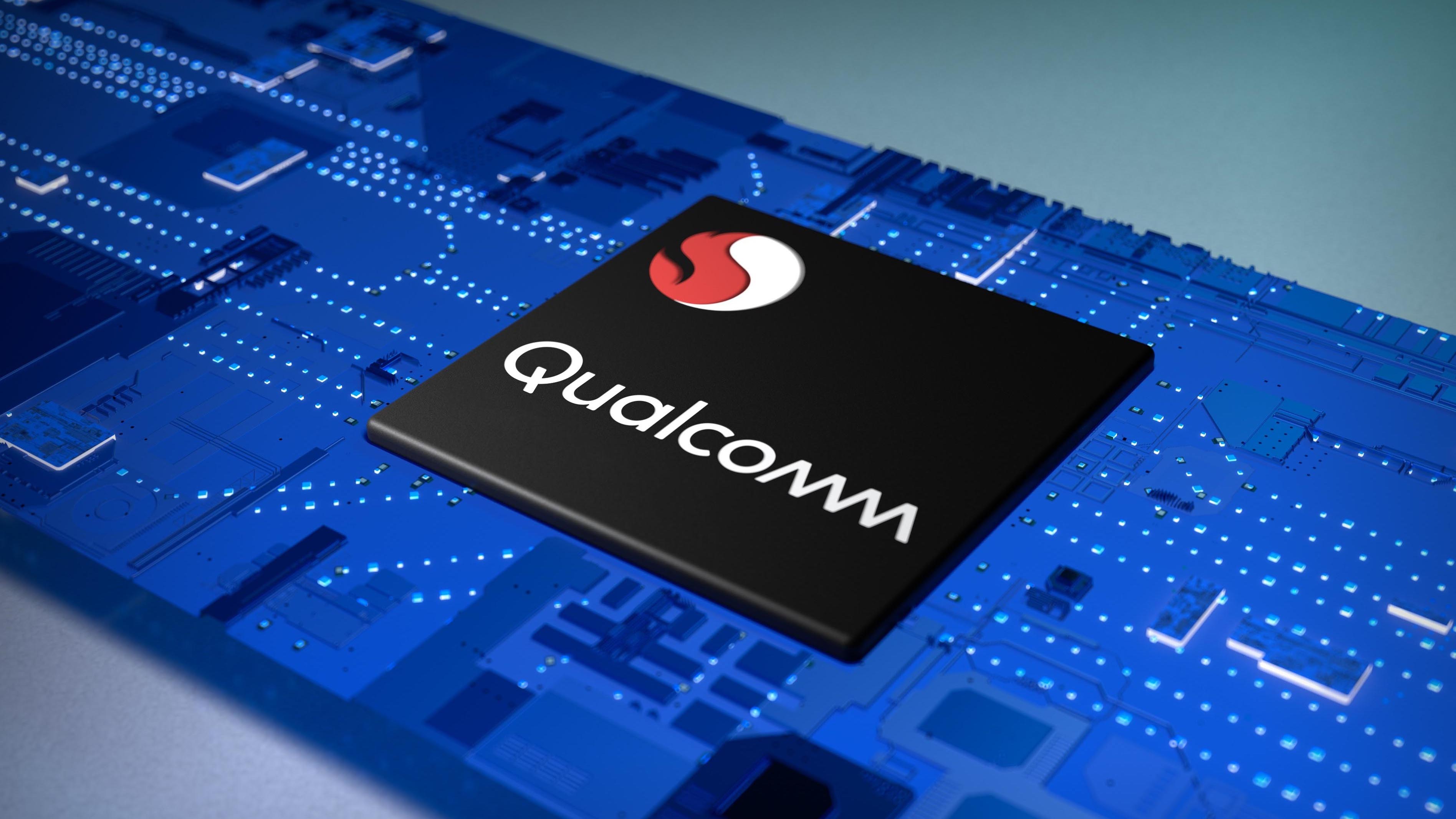Qualcomm’s next-gen Nuvia-based CPU claimed to have 12-cores and “extremely promising” performance
Is Qualcomm’s Nuvia acquisition going to be as powerful as they expect? One report says it’s “extremely promising.”

What you need to know
- Qualcomm acquired Nuvia in early 2021, featuring Apple silicon developers.
- Qualcomm is expecting its next-gen processors for laptops and desktops to land in 2024.
- A new report claims Qualcomm has a 12-core desktop chip with a discrete GPU with a “similar mem/cache config as [Apple’s] M1” processor.
Windows on ARM has had an exceptionally long road since it was first announced in 2016 (even earlier if you count Surface RT). Qualcomm, Microsoft, and software companies have been slowly improving the ecosystem, but it still pales to Apple’s M1 and newer M2 ARM-like processors.
A new report from Kuba Wojciechowski, aka @Za-Raczke on Twitter, claims that one of Qualcomm’s next-gen Nuvia “Phoenix” designs, for 2024 is targeting desktop use. Codenamed “Hamoa” the chip is claimed to feature 12 “in-house” cores made up of eight performance cores and four efficiency ones.
(Qualcomm acquired Nuvia in January 2021. The company was made up of ex-Apple engineers, including the ones who designed Apple's A-series chips, which went to evolve as the M-series for laptops and desktops.)
Interestingly, the memory and cache configuration for “Hamoa” are also claimed to be similar to Apple’s M1.
In other news: Qualcomm's working on a 2024 desktop chip codename "Hamoa" with up to 12 (8P+4E) in-house cores (based on the Nuvia Phoenix design), similar mem/cache config as M1, explicit support for dGPUs and performance that is "extremely promising", according to my sources.November 6, 2022
By comparison, the Apple M1 has four high-performance "Firestorm" and four energy efficient "Icestorm" cores, in a similar ARM big.LITTLE design (something Intel is now using in 12th and 13th Gen processors).
Oddly, Wojciechowski, who is known for his leaks about upcoming technology, claims the processor is a “desktop chip,” which is a bit unusual as we’d expect Qualcomm to hit laptops and mobile-first. Some room for interpretation is warranted here, although pushing ARM-like chips to desktops is certainly feasible, like Microsoft’s new Windows Dev Kit 2023 (“Project Volterra”), and Apple’s latest iMacs.
“Hamoa” is said to feature a discrete GPU (dGPU), which is not strange as ARM processors are currently not compatible with NVIDIA or AMD ones. That said, we don’t know the details of Nuvia’s designs, including if it supports Thunderbolt 4 and external GPUs, so anything is possible.
All the latest news, reviews, and guides for Windows and Xbox diehards.
But, according to Wojciechowski’s source, the new chip’s performance is “extremely promising,” so take that as you will as there are no comparisons made to current gen Snapdragon 8cx Gen 3 chips (as found in Microsoft's new Surface Pro 9 with 5G) or Apple’s M2 series, let alone Intel’s 12th Gen mobile chips.
We also don’t know the manufacturing process, levels of power consumption, driver support, and software technology behind the chips.
Recent news has Qualcomm claiming many "design wins" from OEM partners due to high interest. Qualcomm is also dealing with a lawsuit from Arm Ltd., which claims Qualcomm has breached license agreements and trademark infringement with its Nuvia designs.
Qualcomm is slated to host its annual Snapdragon Summit November 15 through November 17, so perhaps the company will shed some details on the status of its next-gen Nuvia chip designs and any expectations for performance.
Thanks for the tip, Dennis Herbers!

Daniel Rubino is the Editor-in-chief of Windows Central. He is also the head reviewer, podcast co-host, and analyst. He has been covering Microsoft since 2007 when this site was called WMExperts (and later Windows Phone Central). His interests include Windows, laptops, next-gen computing, and wearable tech. He has reviewed laptops for over 10 years and is particularly fond of 2-in-1 convertibles, Arm64 processors, new form factors, and thin-and-light PCs. Before all this tech stuff, he worked on a Ph.D. in linguistics, performed polysomnographs in NYC, and was a motion-picture operator for 17 years.

